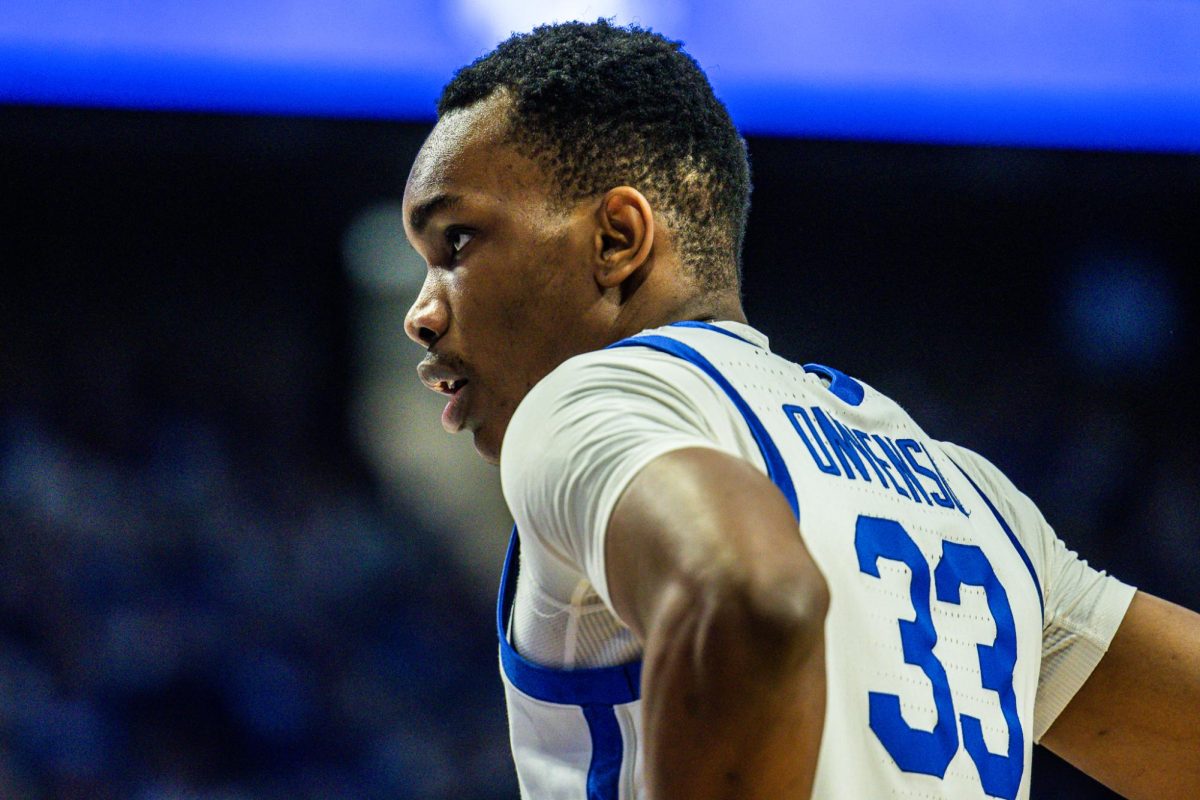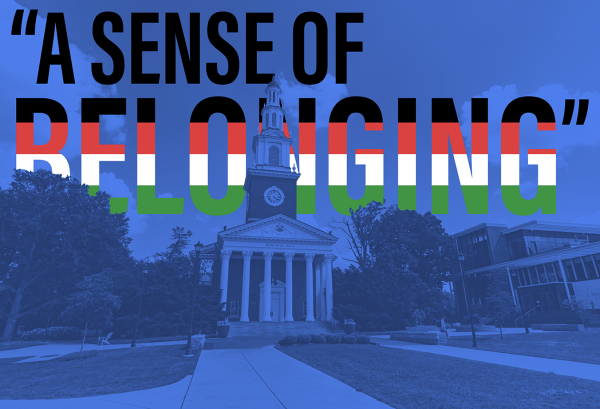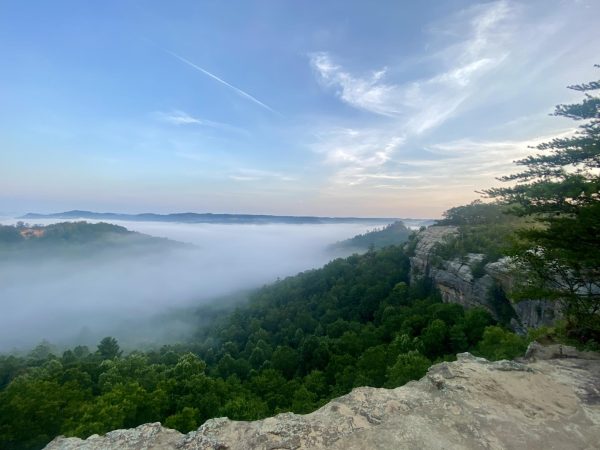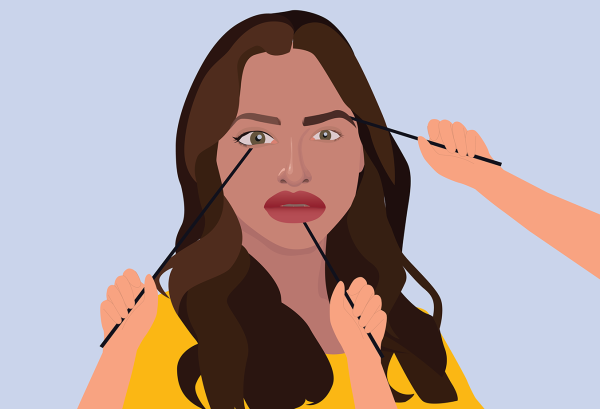Don’t deny that urge to dance —it has benefits, even if you look silly
April 3, 2008
Athletes do it to celebrate victories. Couples do it at wedding receptions. Pop stars do it to entertain. Tribes do it to bring rain. Pentecostals do it in church. College students do it all the time. I doubt there is a time when someone, somewhere, isn’t dancing.
A few weeks ago, I had the privilege of traveling to Toronto, Canada. While engaging in the nightlife there, I was reminded of just how great it is to dance.
I had never given it much thought before, but the more I contemplated this demonstrative art form, the more I realized how entertaining, beneficial and essential it is to the human condition.
I know that’s a strong claim (and maybe an odd one, considering I’m a good old holy-roller), but think about it.
Historic civilizations from the Mayans to the Israelites engaged in dancing with aims toward ritual and recreation, and it is hard to find a culture that doesn’t boast a choreography all their own. This has undoubtedly continued into modern society, as we now have over 300 known dances worldwide, from salsa to tango, square dancing, punk, the electric slide and the two-step, just to name a few.
So why is dancing so popular?
Is it instinctual? I’d say so.
But there are even more specific reasons I’d like to touch on, one being that it releases endorphins. These are chemicals in the brain that foster satisfaction, euphoria and high pain tolerance.
A University of London study done on patients with anxiety disorders showed that out of a modern-dance class, an exercise class, a music class and a math class, only the dance class substantially reduced the participants’ worries. A recent study in Italy revealed that cardiac-rehab patients who took waltzing classes boasted more elastic arteries, as well as higher happiness levels, than those who engaged in bicycle and treadmill training. Plus it burns calories. Dancing can make you happier and healthier at the same time.
Secondly, it allows us to participate in a beautiful art form.
Like painting, drama, or poetry, dance elevates us above the mundane and lets us create something wonderful from our somewhat monotonous existence. And no need to bother with brushes, scripts or ink pens, either — all you need is your body (well, and maybe a couple of drinks for some).
Dancing also allows for a healthy expression of sexuality. And I’m not even talking about grinding.
On a more fundamental level, dancing allows men and women to communicate nonverbally in a way that is more passionate in a pair than in a group.
Ballroom dancing especially reminds me of courtship, the way a man takes the lead and sweeps a woman off of her feet (although I make no normative claims, lest I offend the feminists). In my view, sex itself is a dance, as it were, which can be mirrored with tasteful movements just as much as the more primal, hedonistic ones.
Finally, dancing lets humanity commune.
Whether you’re at a club, a formal, or a rock concert, it’s not hard to sense the connection you feel with others when dancing is involved. The feeling is almost sublime, a little enigmatic, and one of the greatest aspects of the human experience.
I am reminded here of a passage from “The Fall†by French author and philosopher Albert Camus: “On occasion I danced for nights on end, ever madder about people and life. At times, late on those nights when the dancing, the slight intoxication, my wild enthusiasm, everyone’s violent unrestraint would fill me with a tired and overwhelmed rapture, it would seem to me — at the breaking point of fatigue and for a second’s flash — that at last I understood the secret of creatures and of the world.â€
I know there are some of you, many of you, who refuse to dance in public. But I’ll bet you still catch yourself bobbing your head in your car or rocking out to the stereo in your room. It’s inevitable. And if you’re no good at it, who cares? Don’t deny yourself the privilege.
Natalie Glover is a psychology and philosophy senior. E-mail [email protected].



























































































































































